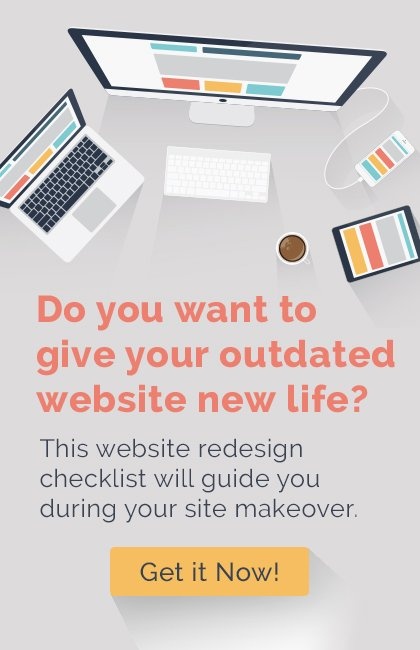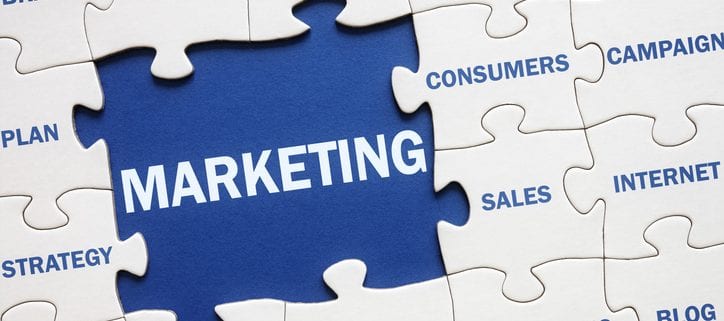
6 Behavioral Market Segmentation Examples
When it comes to marketing automation, few techniques are as beneficial as segmentation, which allows you to categorize your leads based on data that you’ve collected on them. This, in turn, allows you to personalize their experience more, thereby making your nurturing efforts more effective. However, normal segmentation is based on who the user says they are; often provided by the information they fill out in your opt-in forms.
Another effective form of segmentation you should look into is behavioral market. Behavioral market segmentation segments your leads based on how they behave. This behavioral data comes from analytics. The following are six examples of behavioral market segmentation that you can benefit from:
1. User Purchasing Behavior

Basic purchasing behavior can be broken down into four categories:
Complex– When the user is highly involved in both the purchase and decision-making process between two very different brands.
Variety-Seeking- In which the user isn’t that involved in the purchasing process. However, they may choose a different brand just to try it out.
Dissonance-Reducing– Where the customer is happy with their brand, but they know other options that could be better. This also happens, when the customer needs to make a major purchase, but there’s not much difference between the products they’re considering.
Habitual– When little involvement is needed and the product doesn’t vary much from brand to brand. It’s mainly just personal preference that matters.
These behavioral market segmentation categories make it easier to identify what users are more likely to make a purchase and how you can make your product and brand stand out from the competition.
2. Occasion-Based Behavior
User behavior is sometimes identifiable by special occasions. For example, consumers often make more purchases around the holiday season or for special events in their own lives, such as birthdays and anniversaries. Occasion-based behaviors can be split up into universal occasions, regular personal occasions, and rare personal occasions. This will allow you to tailor content to all of these different occasions in a more personal manner.
3. Usage Rate
Usage rate divides your users into heavy, mid-level, and light users based on how often they purchase your products or services. When segmenting your audience based on their usage behavior, you’ll be able to focus on turning light users into mid-level users and mid-level users into heavy users while keeping heavy users happy.
4. Purchase Reasoning
Different users have different reasons for purchasing your product or service. Knowing what those motivations will make it easier to meet their needs. For example, if you are selling business software, it may have many benefits, including ease-of-use, affordability, scalability, and integration capabilities. If you have an article about the affordability of your solutions to a user that purchased your software due to its scalability isn’t going to be an effective way to engage with them.
5. Customer Loyalty
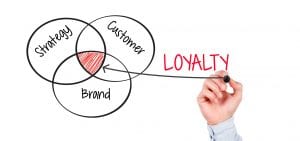
Keep in mind that just because a customer keeps buying your product or service doesn’t mean that they are a loyal customer. Customers that are continually in need of the product or service that you offer are habitual customers. Whereas loyal customers only purchase your products and services, ignoring your competition.
They are important because they end up generating most of your revenue and aren’t that expensive to cater to. As a result, it’s important to be able to identify who your loyal customers are from your regular customers. That way you can focus on building your relationship with them.
6. Consumer Status
Determining a user’s status will help you figure out how to best approach them. For example, non-users need to be aware of what their problem or pain point is before you can offer your product or service as a solution. Other types of consumer statuses include prospects (who are learning about your product or service), first-time buyers (who may need to learn how to get the most out of your product), regular users (who may benefit from supplemental products), and defectors (who are ex-customers that have chosen a product from a competitor whose trust you need to try to regain).
These are six types of behavioral market segmentation examples that can help you to more effectively–and efficiently–engage with your users and to continue building relationships with them over the course of their buyer’s journey.









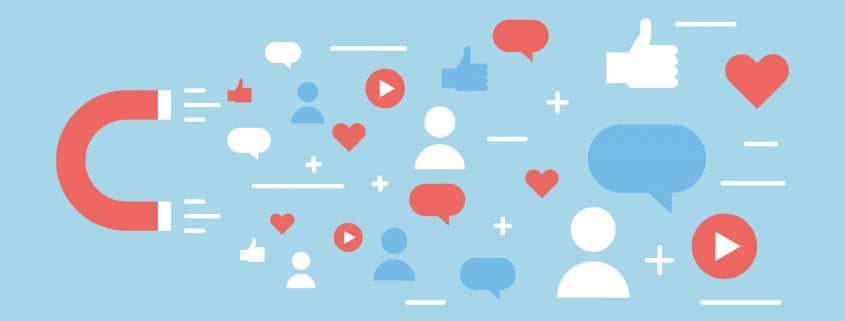
 The strategy behind customer segmentation involves using the data that you’ve collected on your customers, including the information that they have provided, their general behaviour on your website, the way they’ve engaged with you, and their purchase history, to divide them into different groups so that you can effectively target different groups within your audience at a time.
The strategy behind customer segmentation involves using the data that you’ve collected on your customers, including the information that they have provided, their general behaviour on your website, the way they’ve engaged with you, and their purchase history, to divide them into different groups so that you can effectively target different groups within your audience at a time.

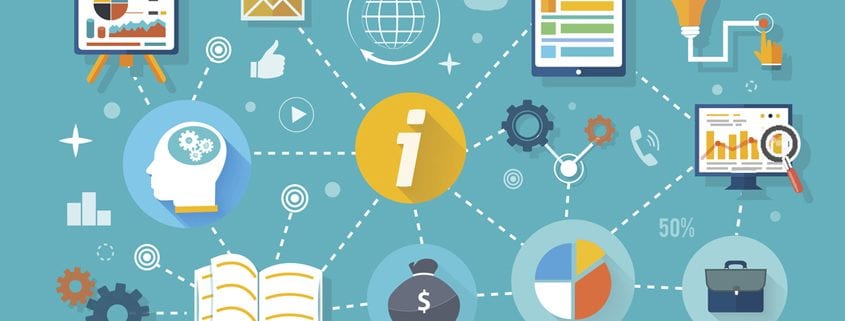
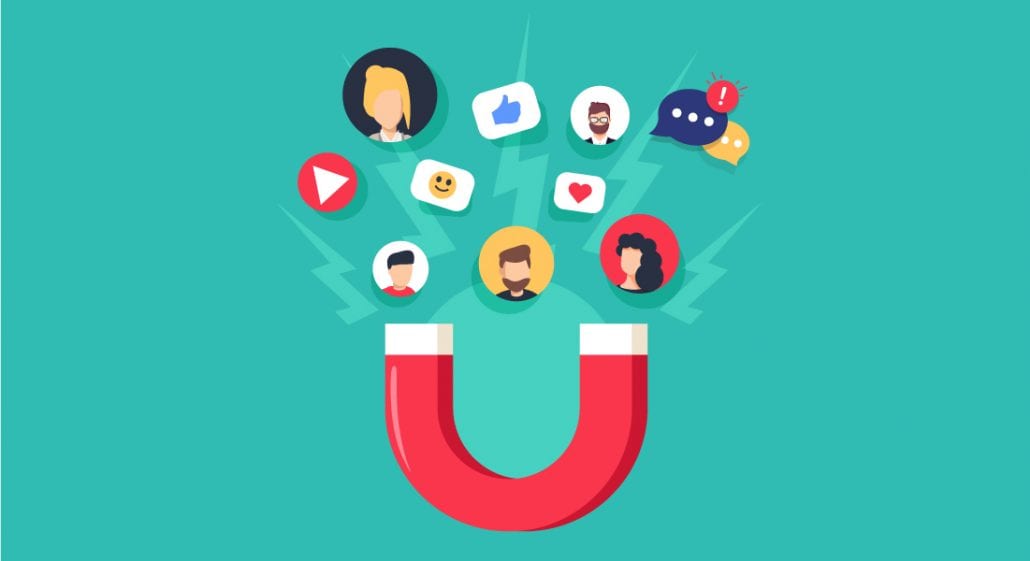
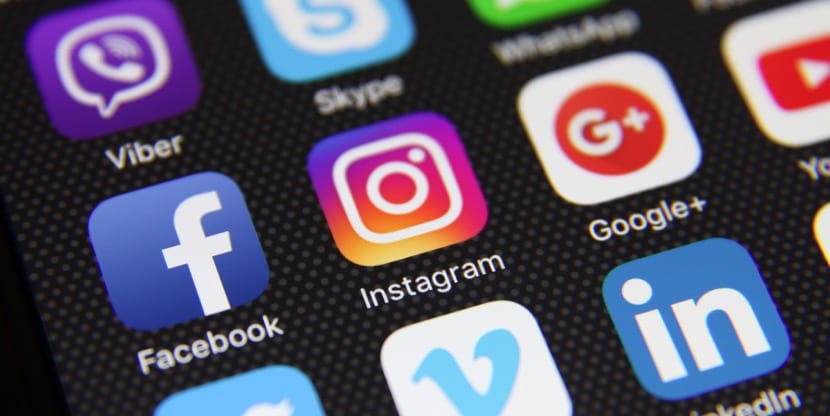
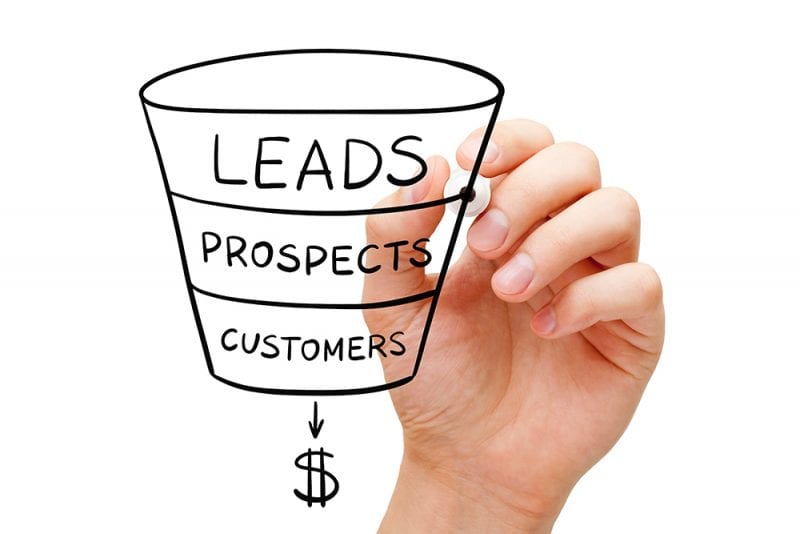









 Strategy –
Strategy –
